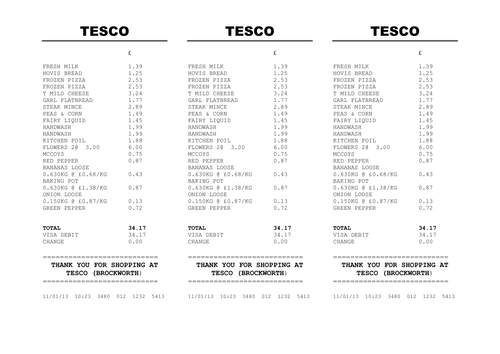Living and Learning: I know the importance of staying hydrated.
Year 4 have been discussing the importance of hydration.
breathingsweatingurinatingdiarrhoeasickness
- dizziness or light-headedness.
- headache.
- tiredness.
- dry mouth, lips and eyes.
- passing small amounts of urine infrequently (less than three or four times a day)
- Water is good for the body – keeps joints, bones and teeth healthy, helps the blood circulate, and can help kids maintain a healthy weight into adulthood. Being well hydrated improves mood, memory and attention in children. Check out our learning below.
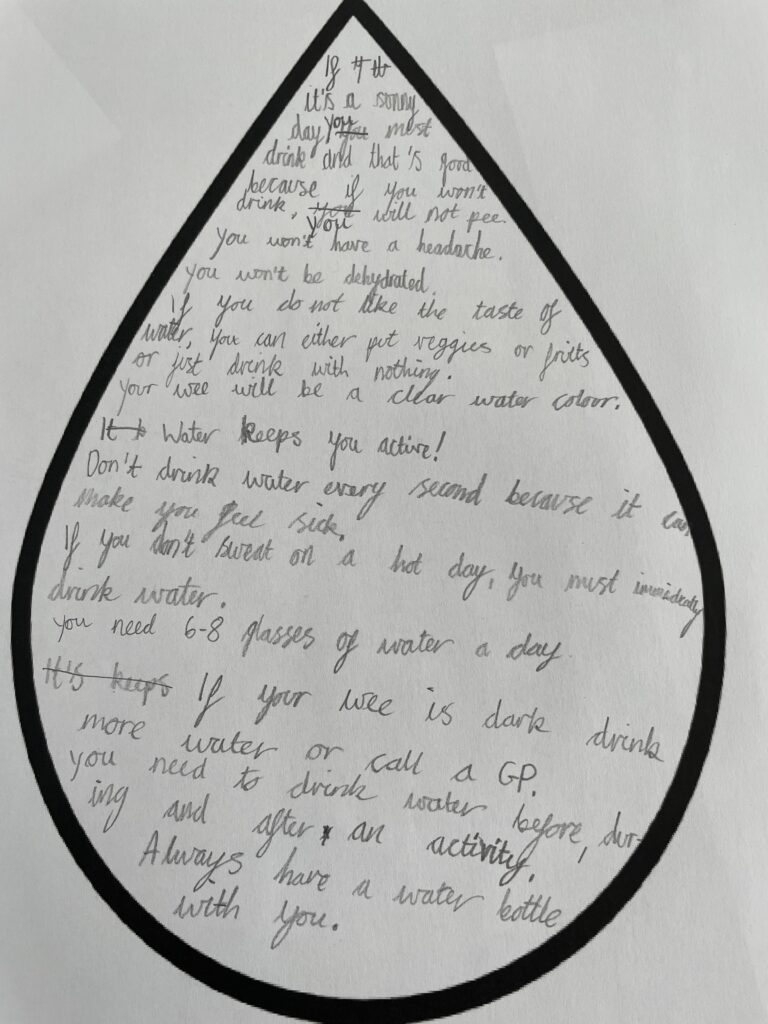
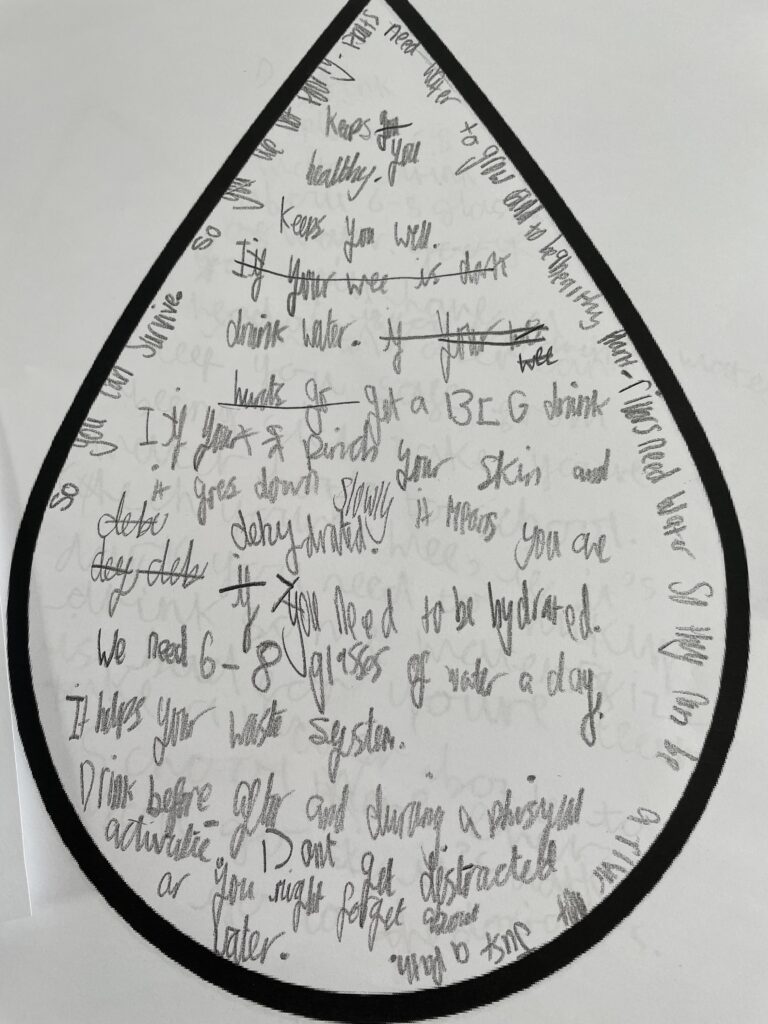
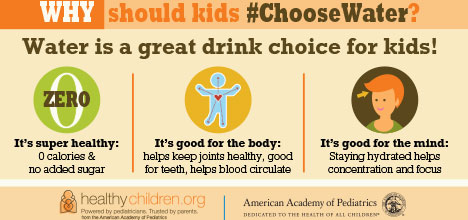
- Pack a water bottle for school and when you go out. Try a frozen water bottle in summer.
- Encourage your child to drink water before, after and during physical activity.
- Always offer water with meals and snacks.
- Encourage your child to drink water, even if they don’t like it!
Year 3 and 4 went down to the woods today…
This week, along with Born of the Forest, Year 3 and 4 ventured out to a classroom with no walls! Check out how we got on exploring, investigating and learning all about St James’ Woodland.
Be sure to scroll through our time outdoors and chat to your child about it – what did they think of their time outdoors? Did they learn anything new? What was the best bit of their session?
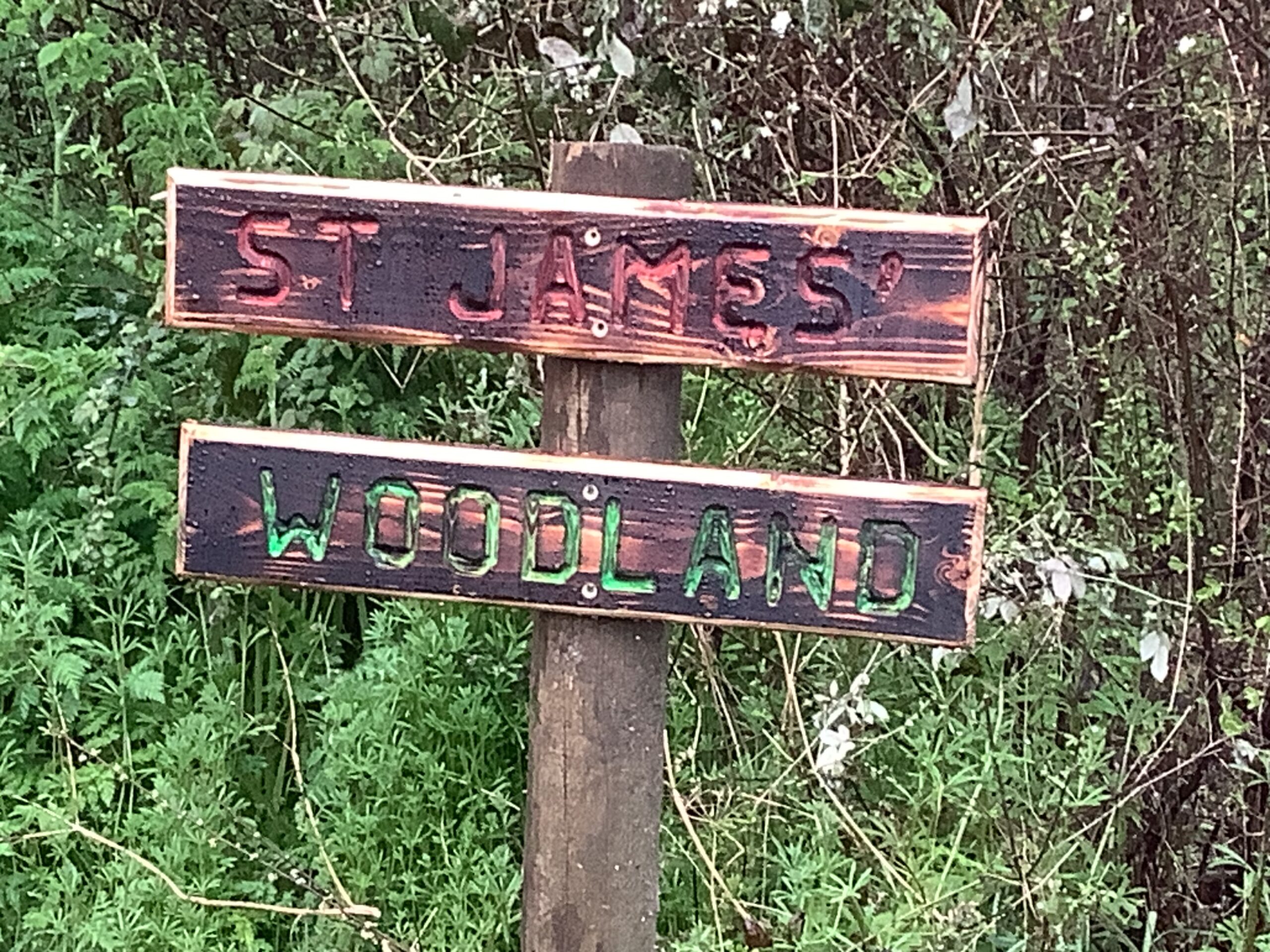
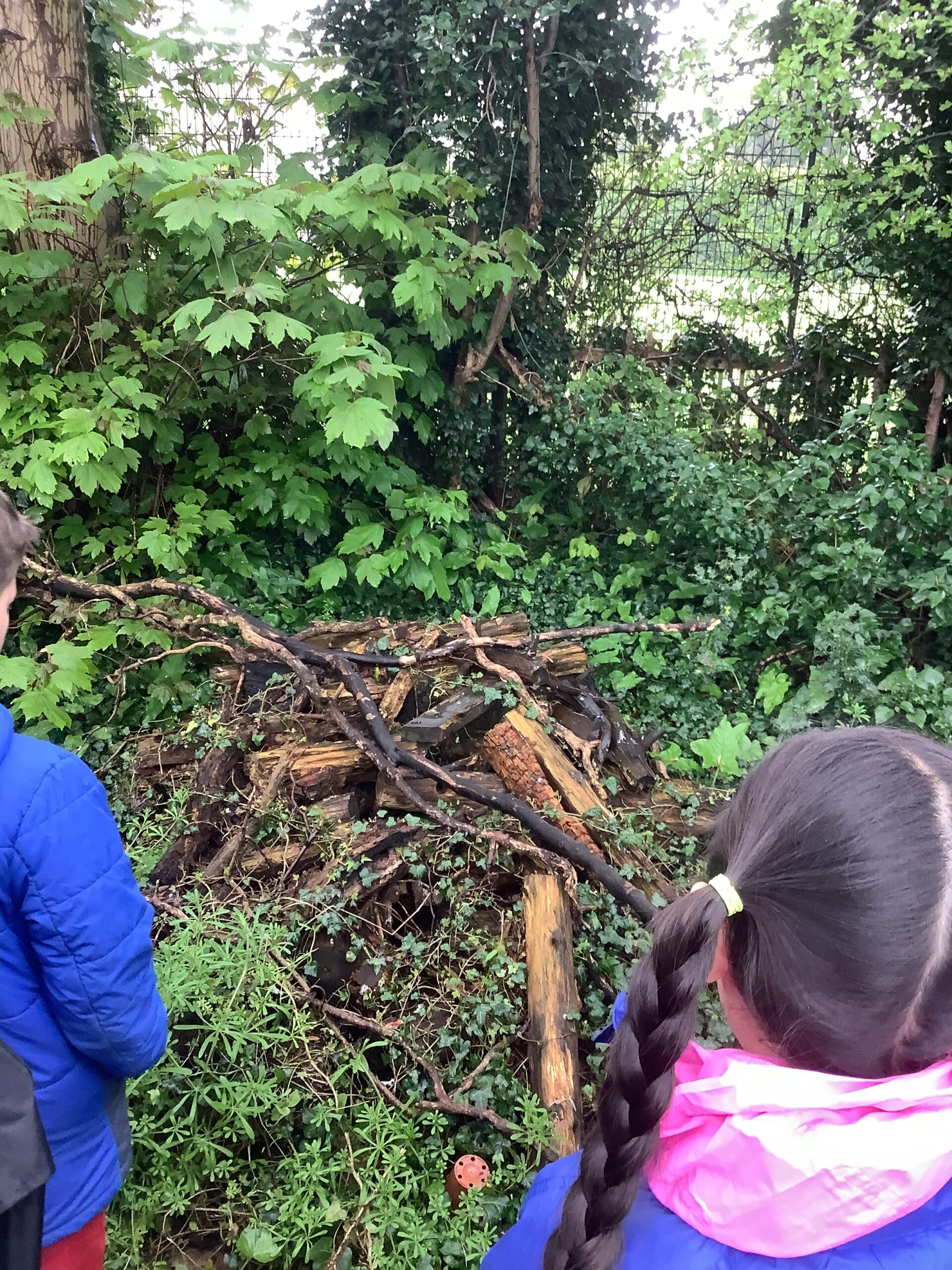
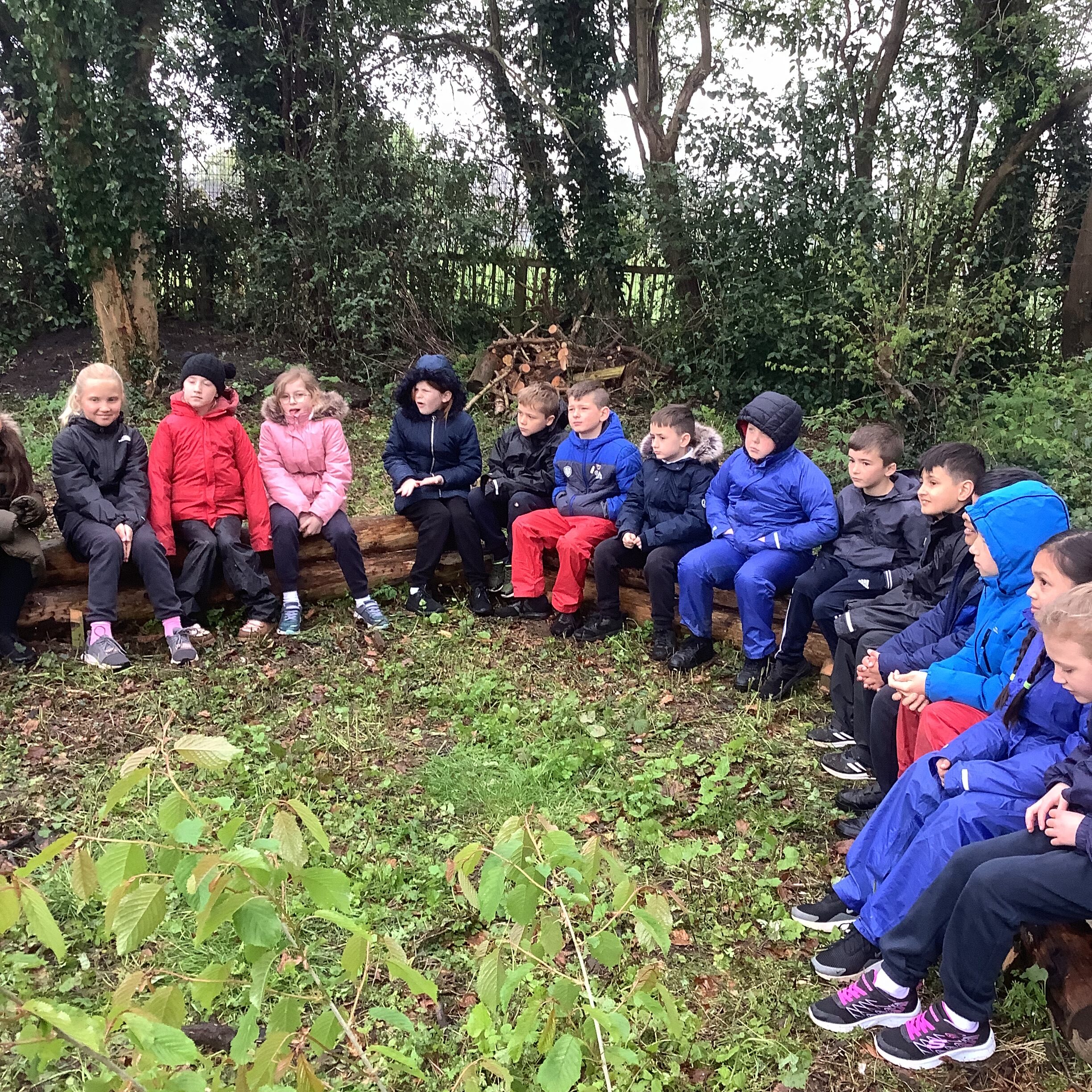
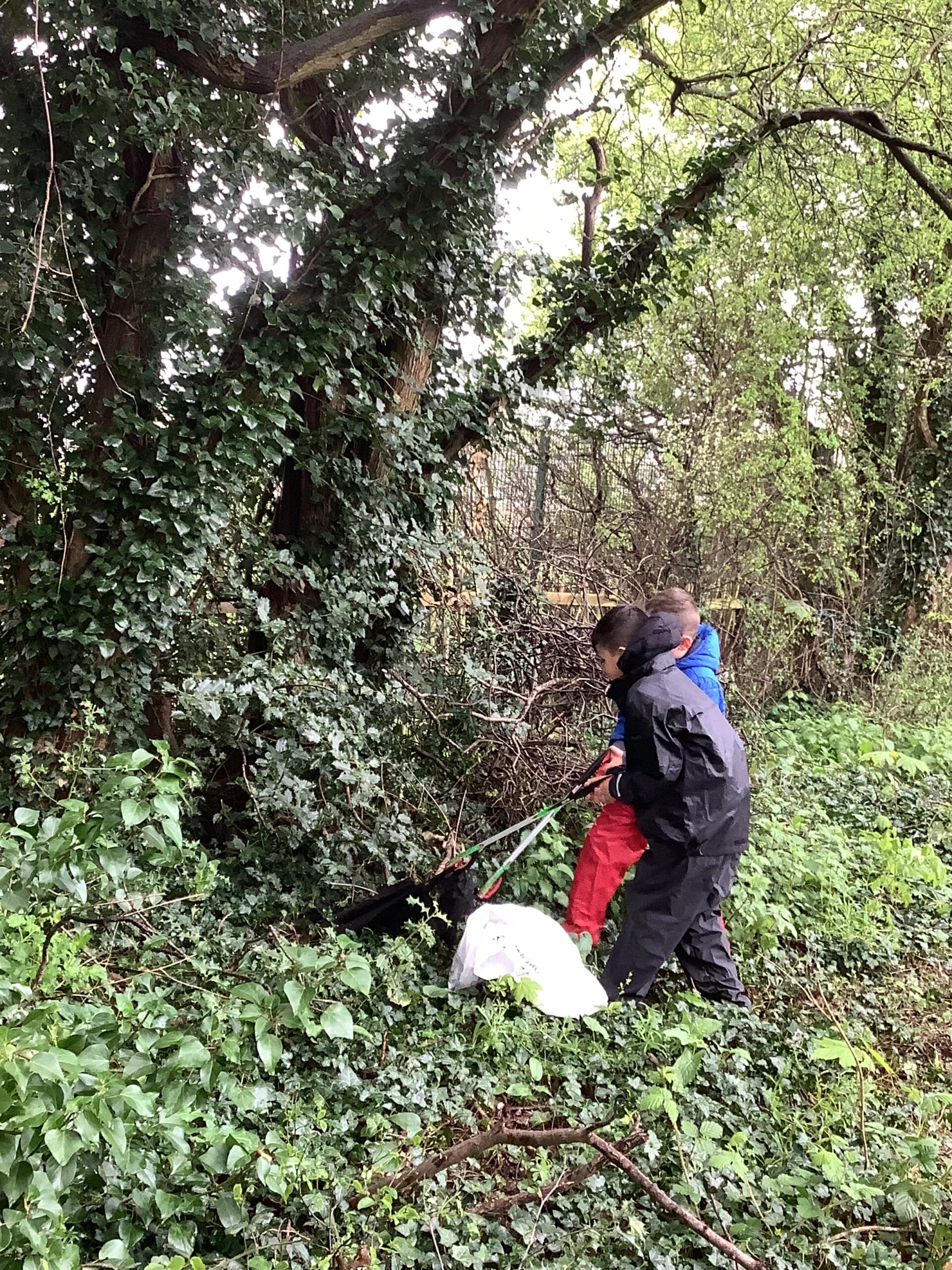
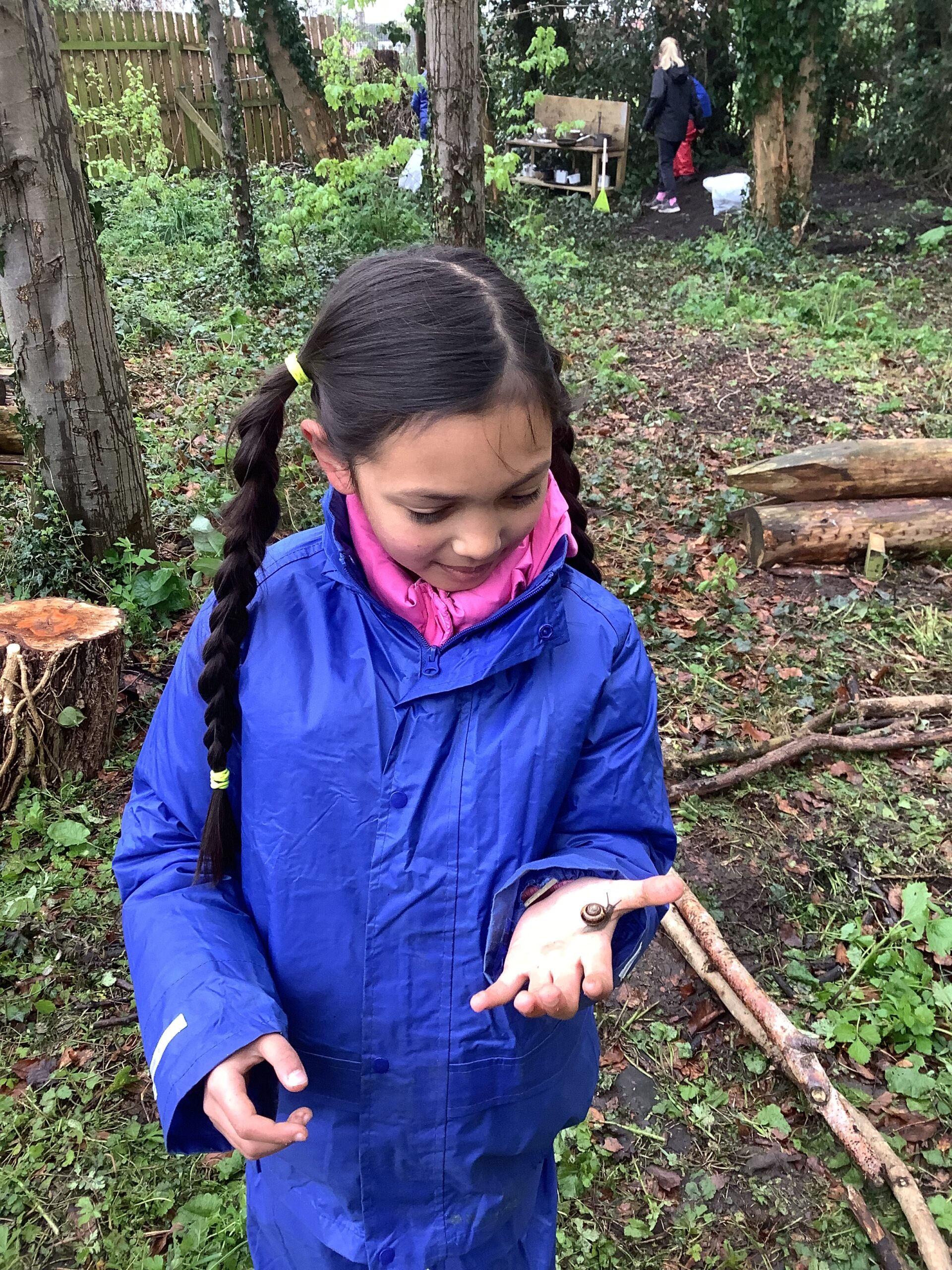
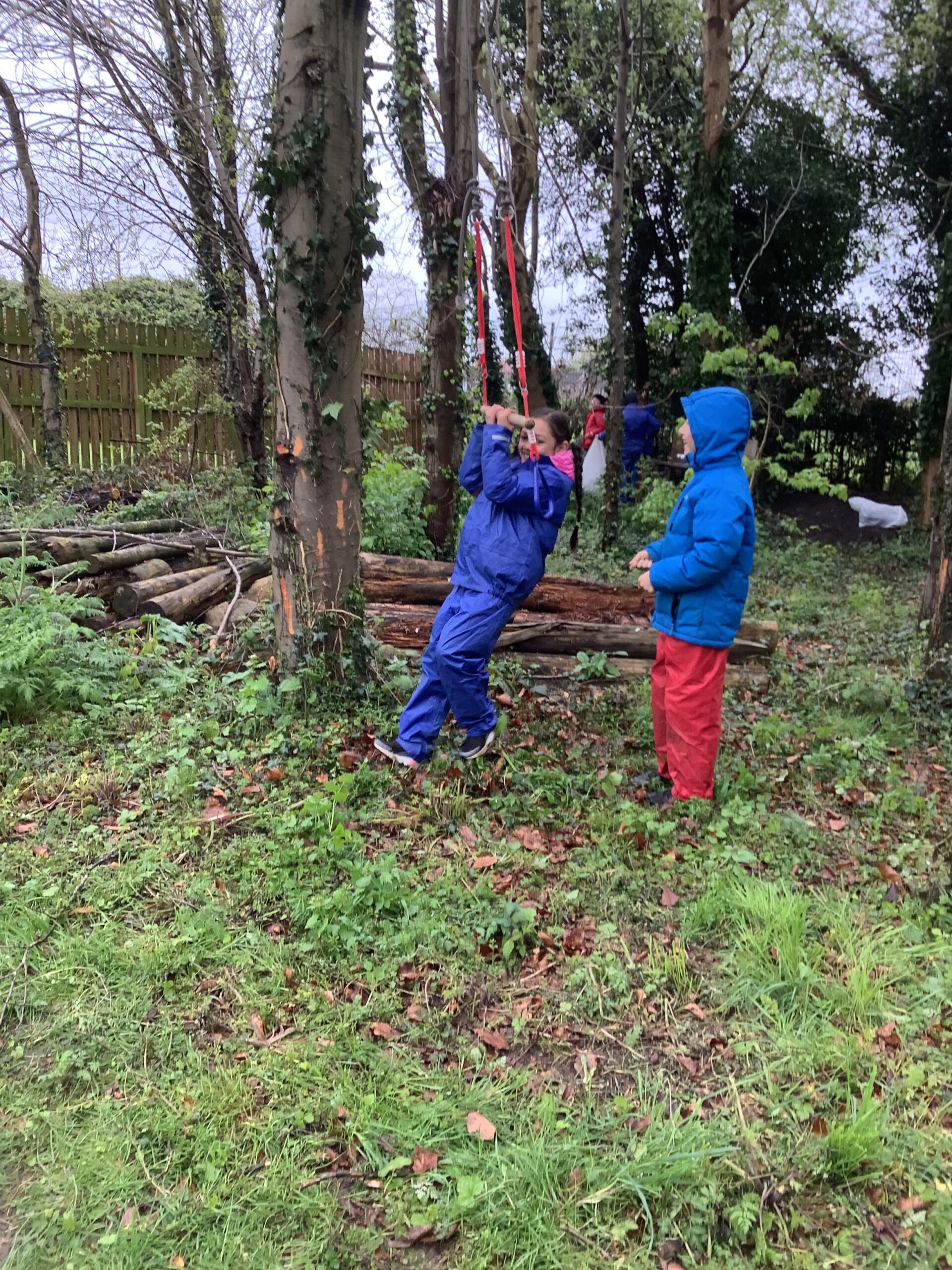
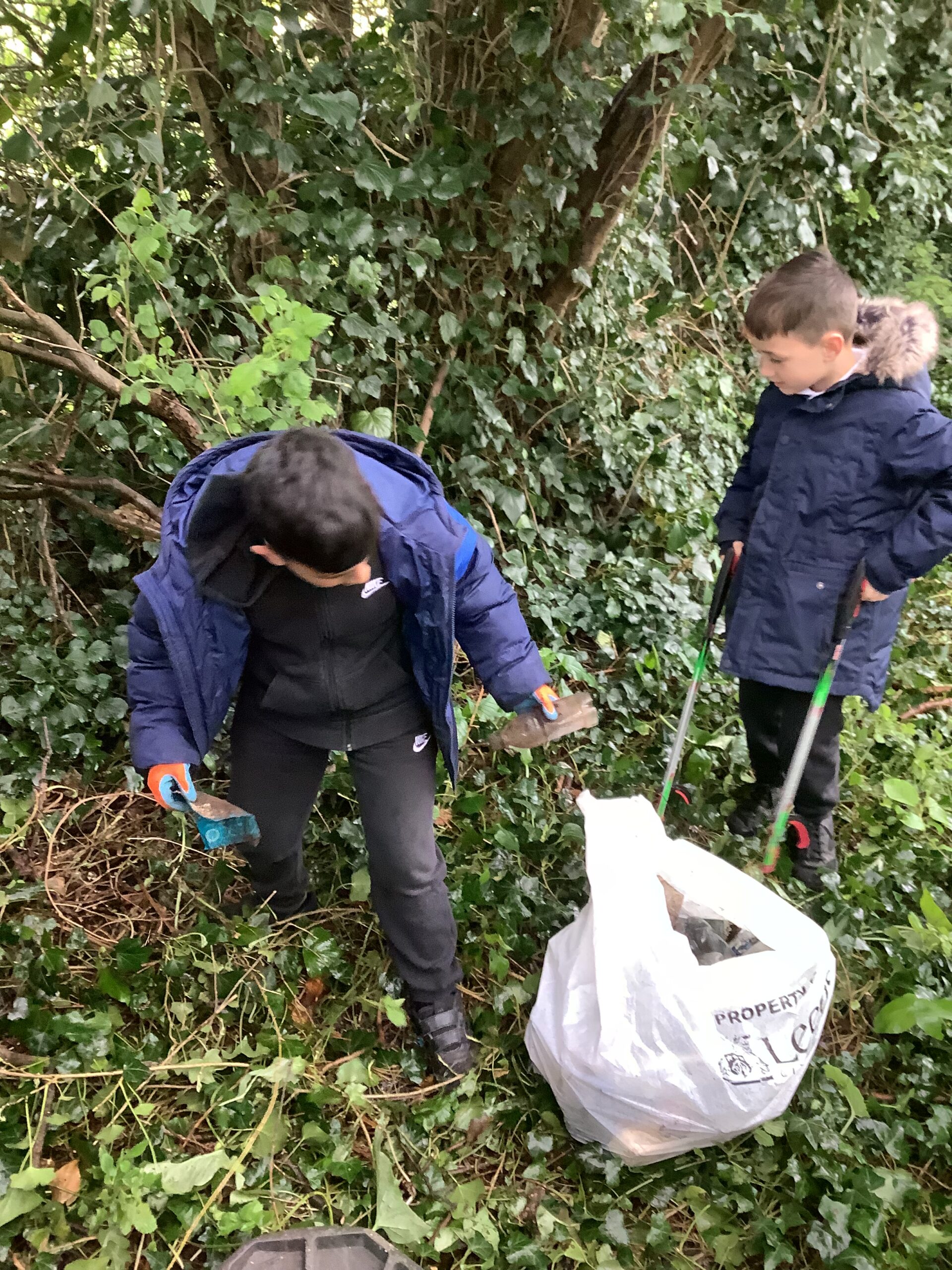
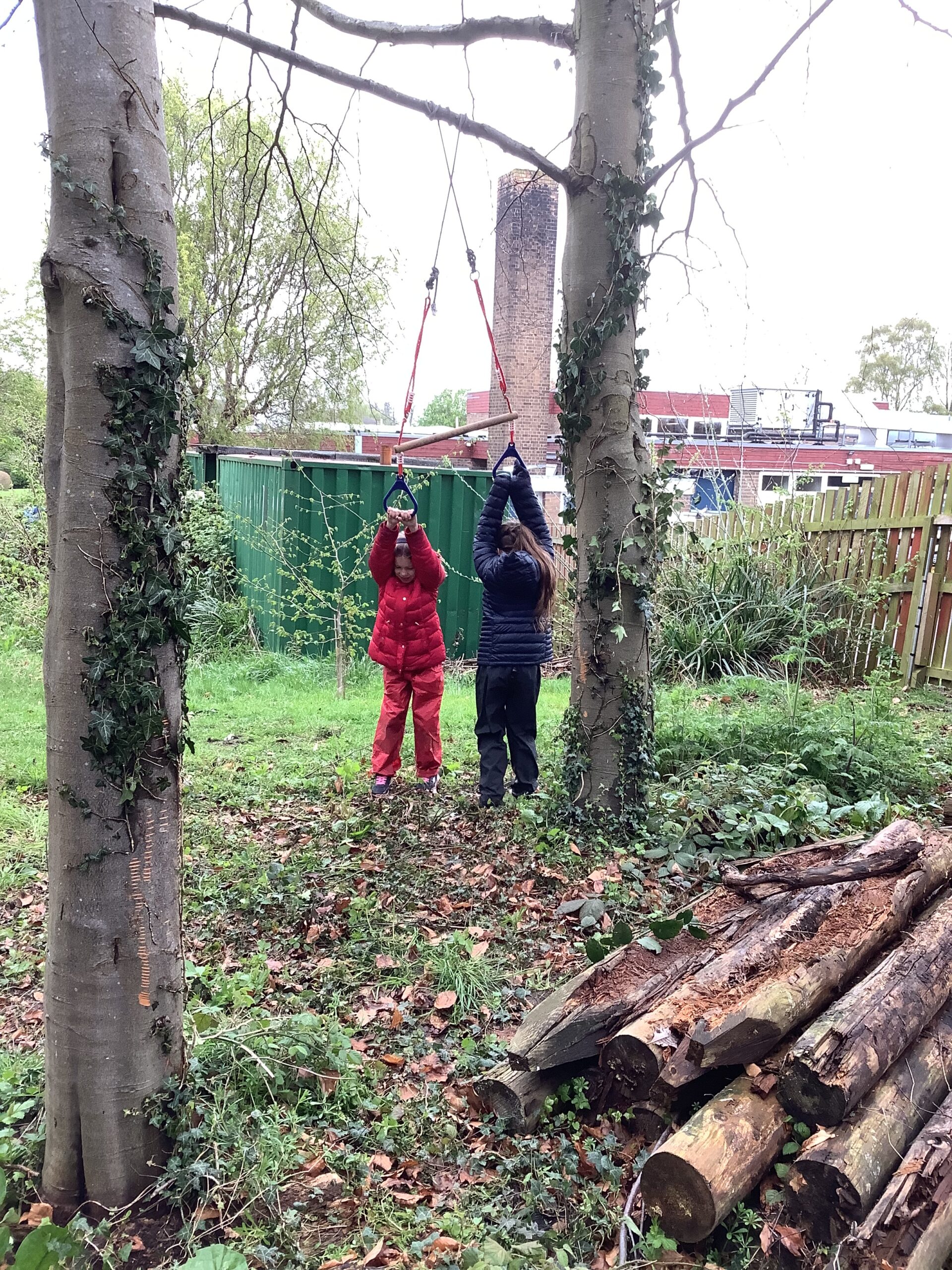
Each Friday, your child will be spending 90 mins in the woodland, whatever the weather – please ensure they bring appropriate clothing.
Carnival Music Day
We were so excited to be able to meet Dave who came to do a workshop with us around our new history topic, carnivals!
We started by doing some call and response using clapping. We learnt we had to have group cohesion to ensure we were all clapping at the same time and could really feel the rhythm we were creating by using our bodies.
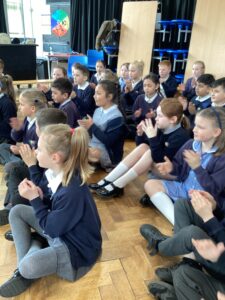
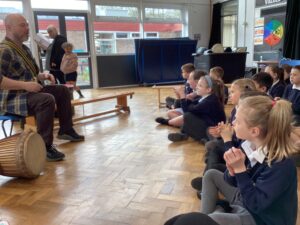
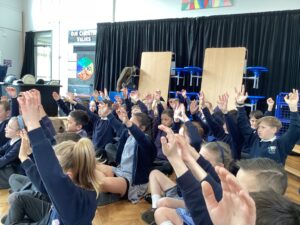
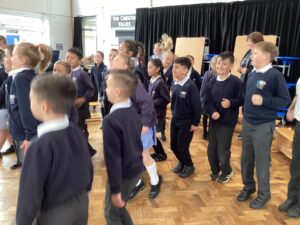
Dave taught us about the instruments used by the Yoruba tribe in West Africa. This tribe were invaded by European countries and transported as slaves to the Caribbean. This was known as the Transatlantic Slave Trade. We will be learning more about this in the upcoming weeks.
The Drums were hollow so the sound can vibrate and get out of the bottom. Tight rope is used to hold the top in place which is made from goat skin.
We learnt the best way to hit a drum so we did not hurt ourselves.
After splitting into four groups, we used our drums in different ways to create a thunder storm.
We then looked at some serdo drums which were much larger and much deeper.
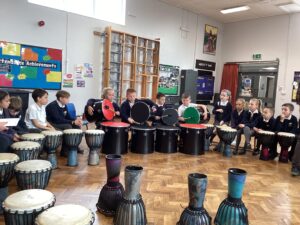
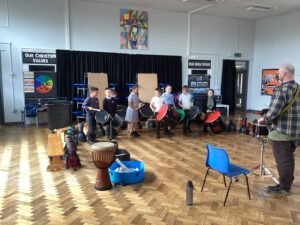
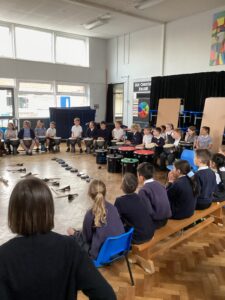
In the afternoon, we created a performance for the whole school using different instruments. Check out our performance here.
‘Loidis Ledes Leeds’
Year 4 have begun a new class novel called ‘Loidis Ledes Leeds’ written by Tom Palmer. This five part story follows the adventures of three pupils across Leeds and across time.
Iron Age Romans Anglo Saxons Vikings Now
The characters travel through historical periods and uncover some VERY exciting facts about the city of Leeds. The historical finds can be visited today, if you fancy an afternoon out.
There are two ways to enjoy this story. These are via a PDF document and online. The children have really enjoyed listening to the author narrate the first few chapters.

https://tompalmer.co.uk/wp-content/uploads/2016/01/Leeds-story-2016-full.pdf
The first historical adventure ends in Barwick in Elmet, Leeds where the children discover the remains of a large Iron Age hillfort.
Help your child by sharing this story and read (or listen to ) the next chapter at home. Encourage your child to research each historical find and the period of history they originate from.
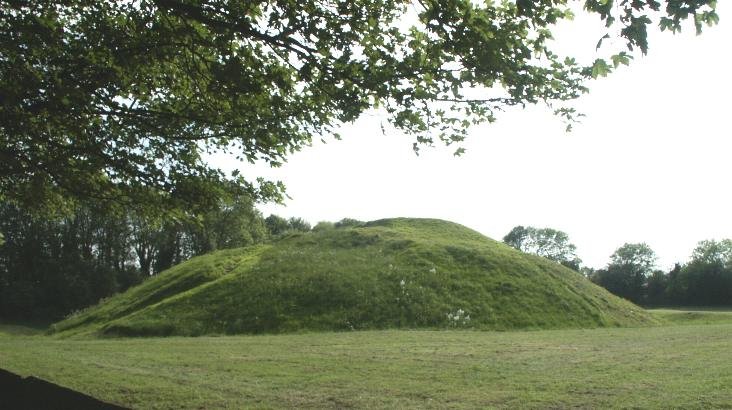
Writing money as decimals
Year 4 have been learning how to write a given amount of money in decimal notation. The children explored the use of pounds and pence notation and this helped to develop their understanding that the digits following the decimal point represent part of a pound.
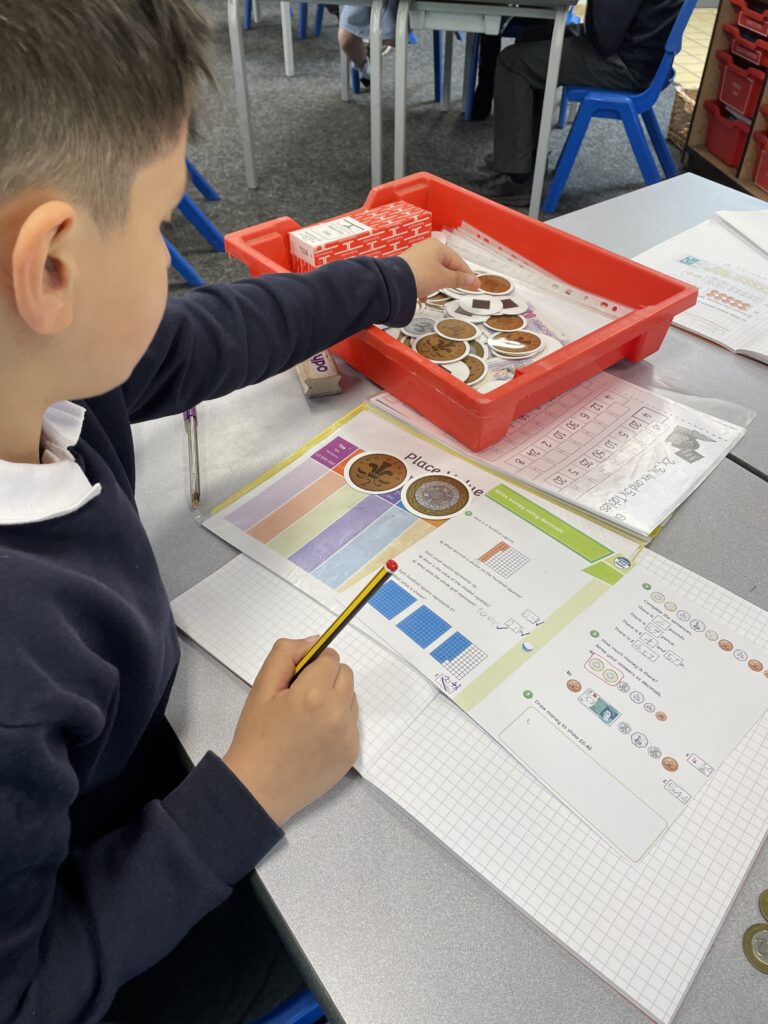
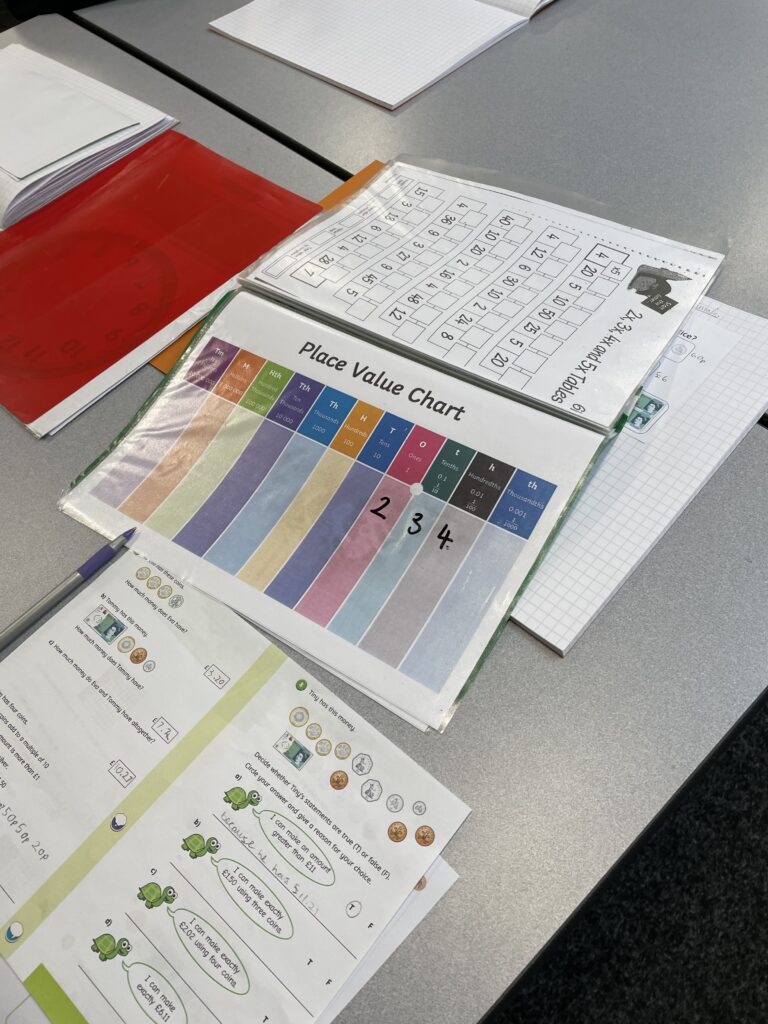 Help at home
Help at home
Next time you go shopping keep the till receipt or use the ones below.
Ask your child some of the following questions.
- Which is the most expensive item?
- Convert £1.99 into pence.
- How would you write 13p as a decimal?
- Which item has the most tenths?
- What is the total cost for two pizzas?
- Which item has no tenths and no hundredths?
- How many pounds and pence in 474p?
History: What is a carnival?
We’ve kicked off this topic’s learning in fine style! This history driven topic will explore carnivals from around the world but also closer to home – The Leeds West Indian Carnival.
Why not search online about carnivals – we looked at carnivals in Rio de Janeiro, Venice and Leeds. Quiz your child on what things make up a great carnival!
Be sure to chat to your child about the key vocabulary we’ll be using throughout…
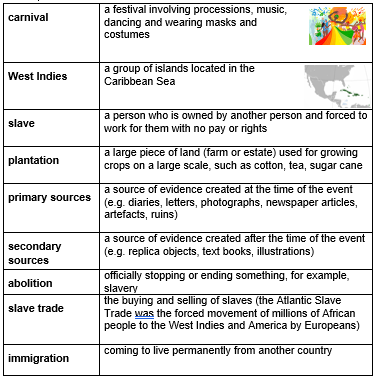
We are physicists!
Physics is the study of forces and energy and this half term Year 4 are being physicists in their science. The main focus of the sessions will be forces and magnets.
On Monday, the class learnt what a force is and explored different forces. What is a force?
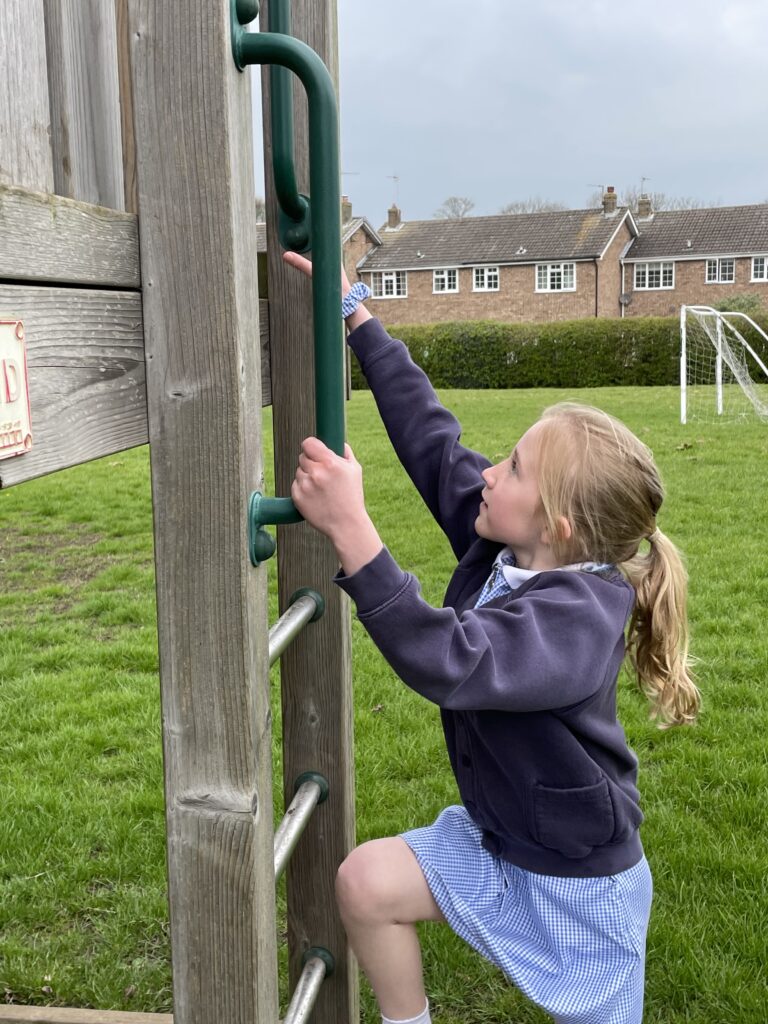
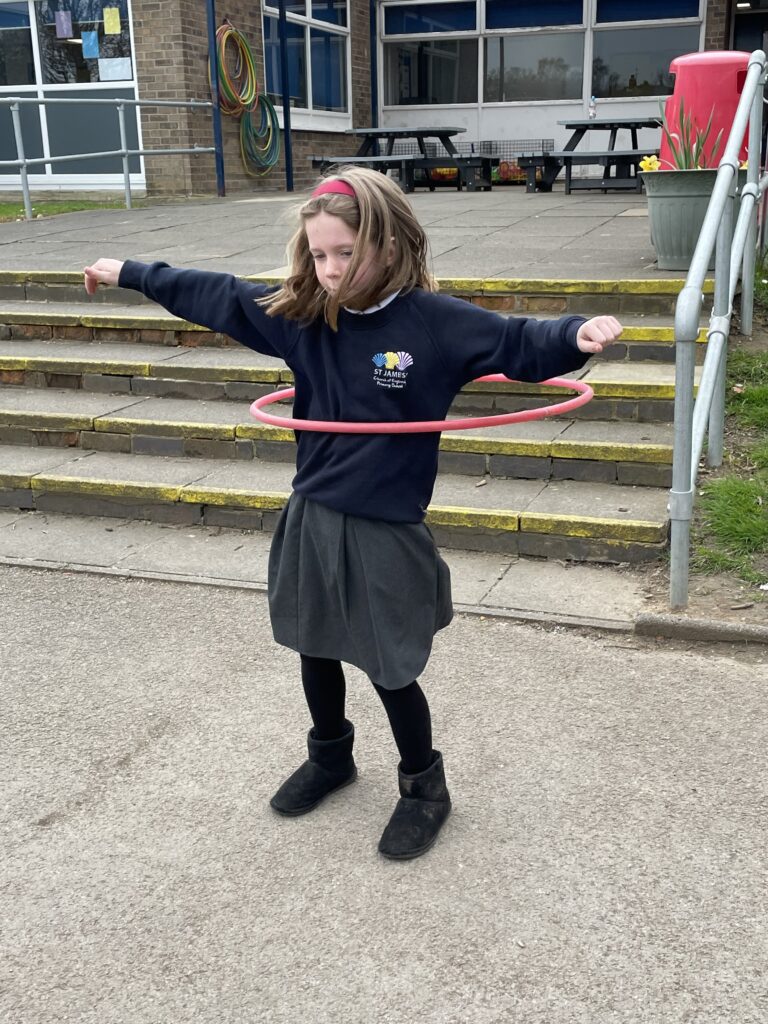
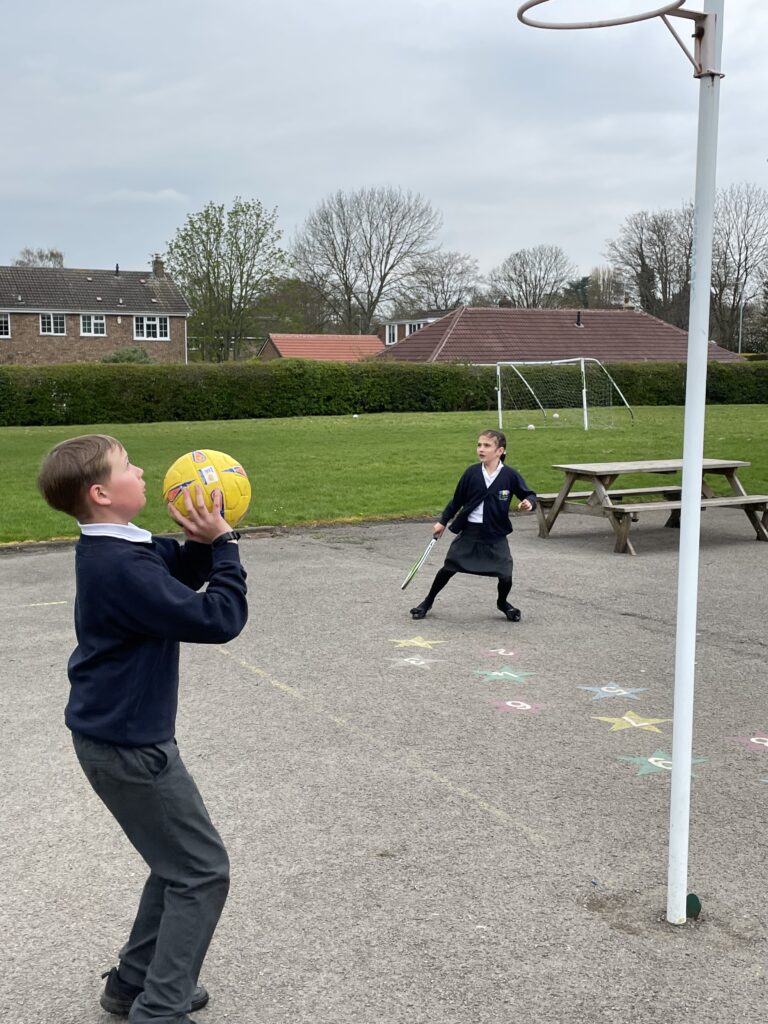
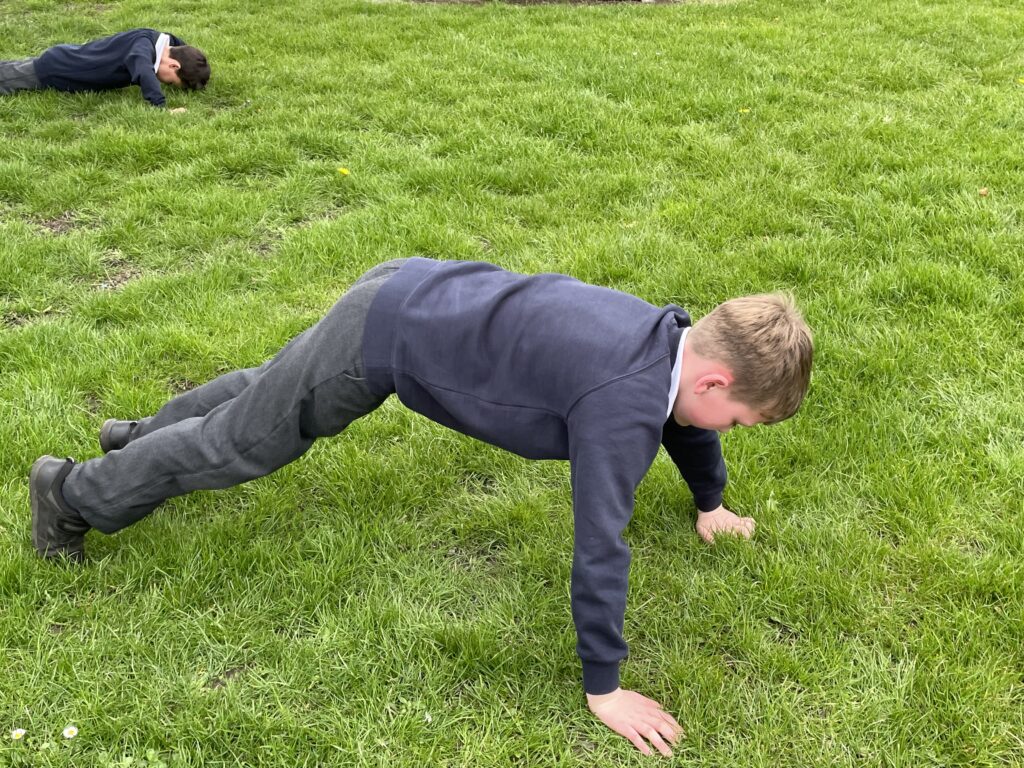
Help at home.
A push, pull and twist are all contact forces. Discuss this with your child. Can they tell you why the word contact is used to describe the force?
Explore these forces at home and please send in any photos of your child doing this task. We love to celebrate extra learning done at home!
Easter Church Service
We enjoyed a trip to St James’ Church earlier today for our Easter service.
Years 3 and 4 read our poem ‘Easter In My Hand’ beautifully. Many children could recite their line from memory!
In case you missed this, please follow the link below to watch the recording.
Well done Years 3 and 4!
Working Scientifically
Asking questions is a very important part of thinking like a scientist and many scientific investigations begin with a question. As part of their ‘Nappy Challenge,’ the children have been exploring some scientific questions and how they could answer these.
- ‘Why… ?’
- ‘How… ?’
- ‘When… ?’
- ‘What….?’
- ‘Which….?’
- ‘Can you explain…?’

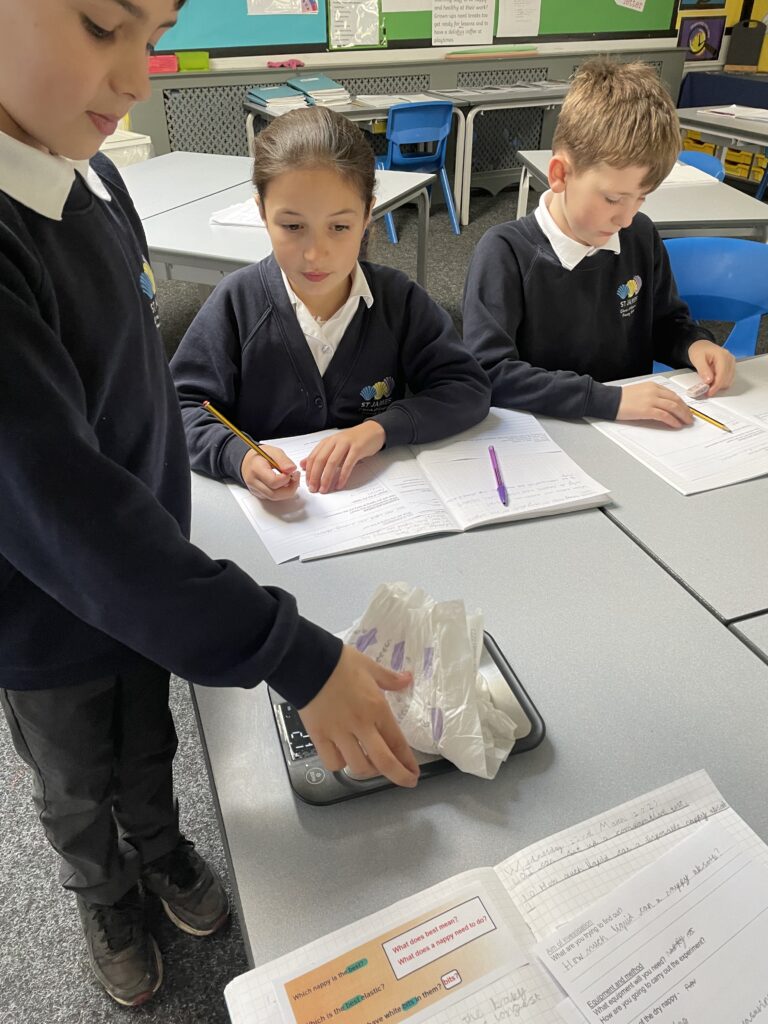
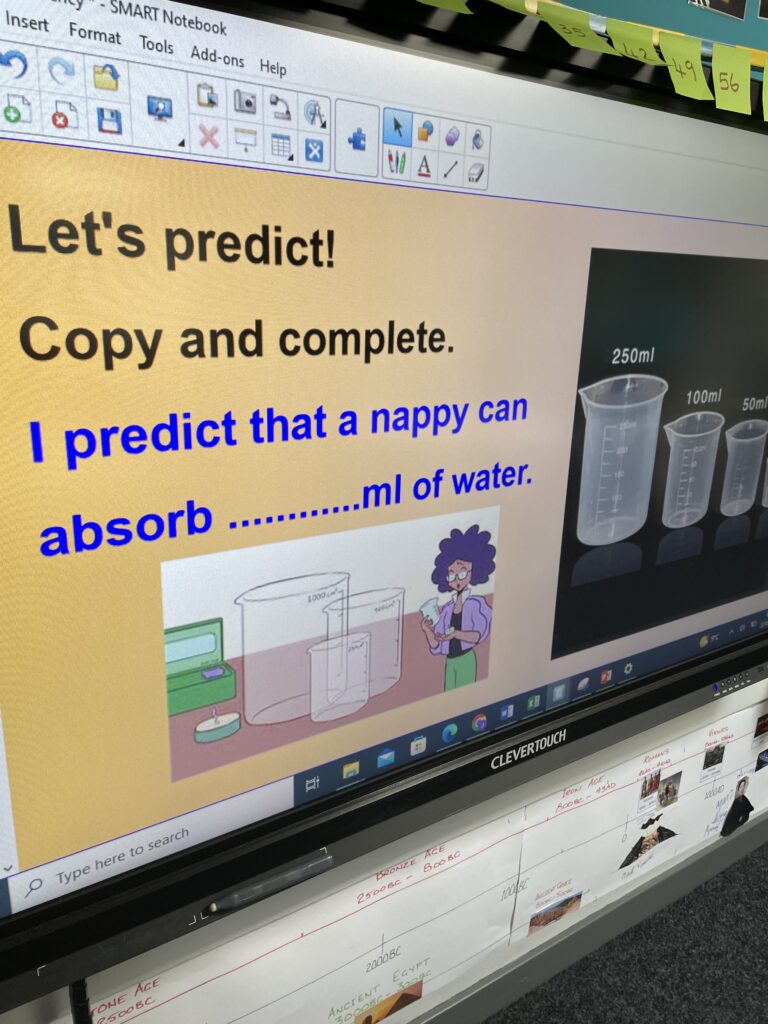
Wow, the liquid is soaking in!
I can’t believe how much liquid a nappy can absorb!
My prediction was quite accurate.
You can see the liquid being absorbed.
The more liquid we poured, the heavier the nappy became.
As we poured 600mls, we observed how the liquid was beginning to collect on the surface of the nappy. This would irritate a baby’s delicate skin.
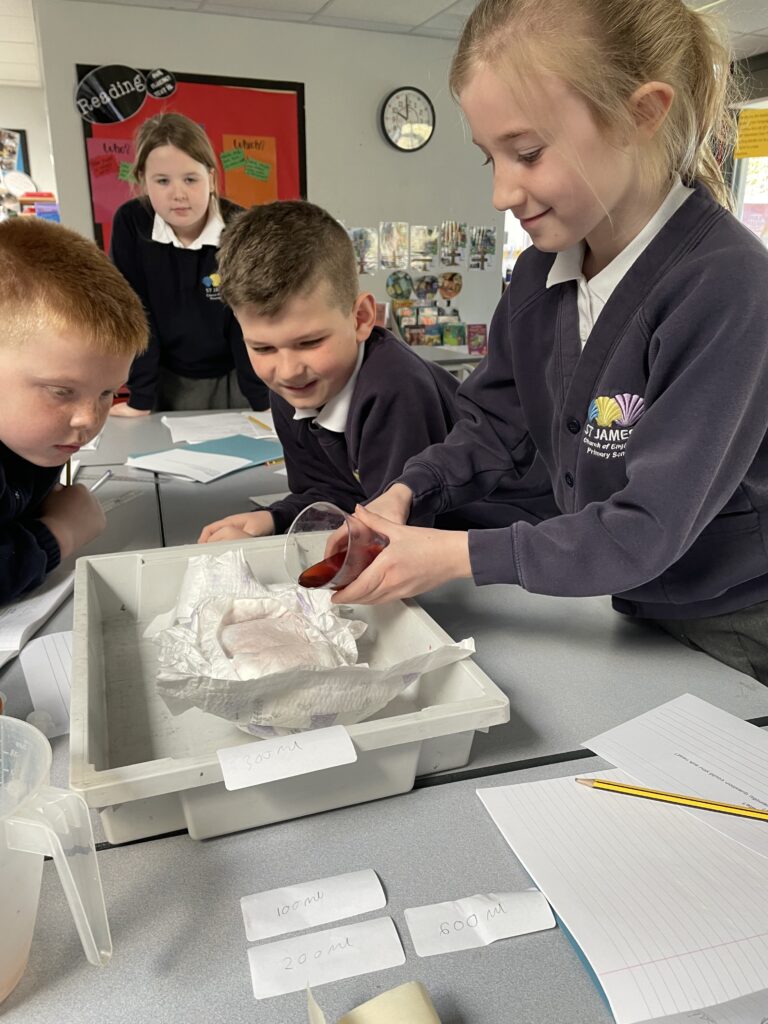
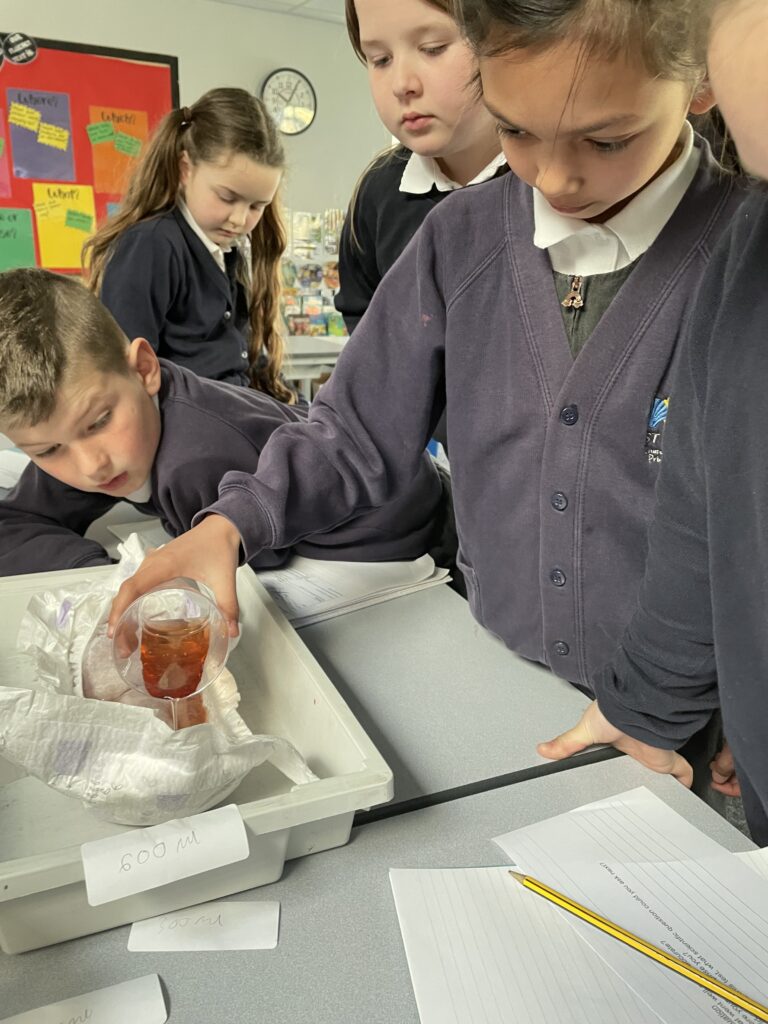
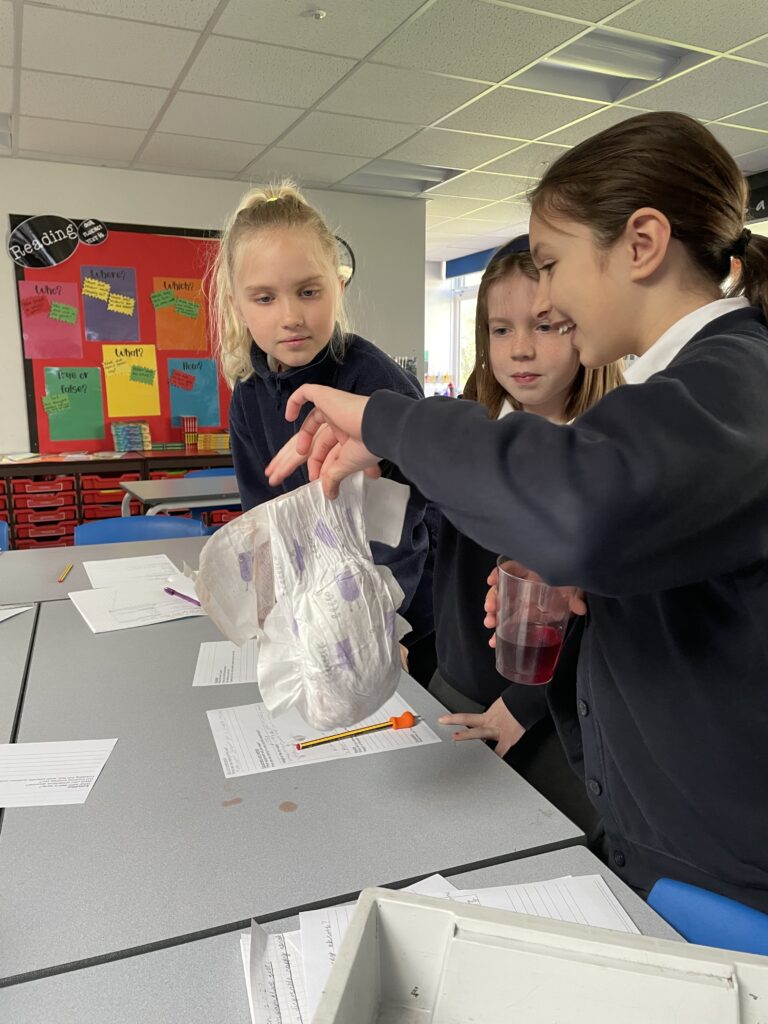
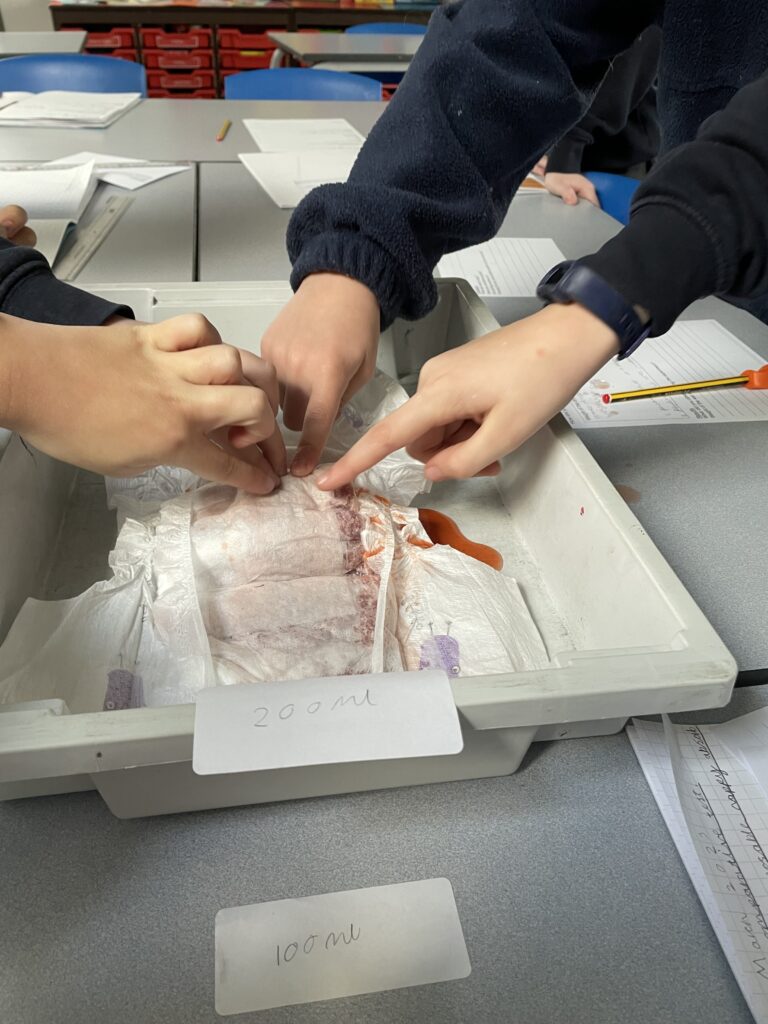
Discuss this with your child. Can they explain the answer to the scientific question? What did they find out? Were they surprised by the result?
What Are Fractions?
Our brand new topic in Maths is all about fractions! We recapped what fractions are and we know they are part of the whole. So if there are 13 children in Year 3, one of them is one part of the whole.
We looked at how fractions are written and thought about what the numerator and the denominator could be. The children had a go at splitting a whole into equal parts using playdough and wrote out their fractions.
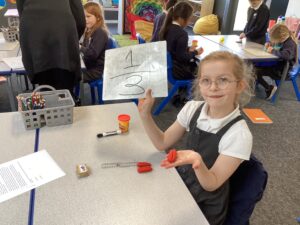
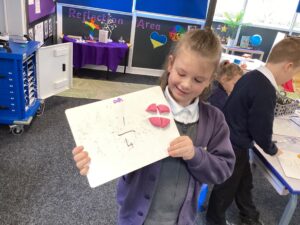
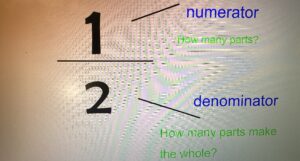
After, we started to compare unit fractions. We know that the numerator will always be 1. To help us compare unit fractions, we watched Miss Gledhill create a fractions wall for our classroom.
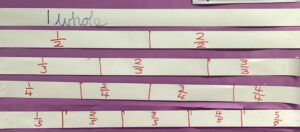
We looked at the size of each unit fraction. The children were able to recognise that the more equal parts the whole is split into, the smaller the part. Therefore, if someone loved chocolate they would certainly choose one quarter of a bar over one fifth!
Help at home by helping your child find equal parts. This could be of an object or a drawing. If they were to make a unit fraction, what would the numerator and denominator look like?
